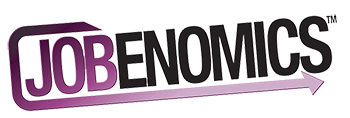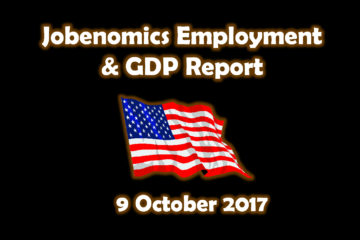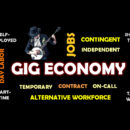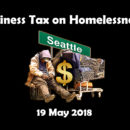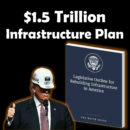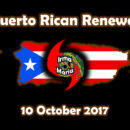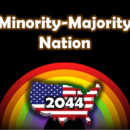Workforce Education/Training Challenge
Workforce Education/Training Challenge
www.Jobenomics.com
By: Chuck Vollmer
1 August 2016
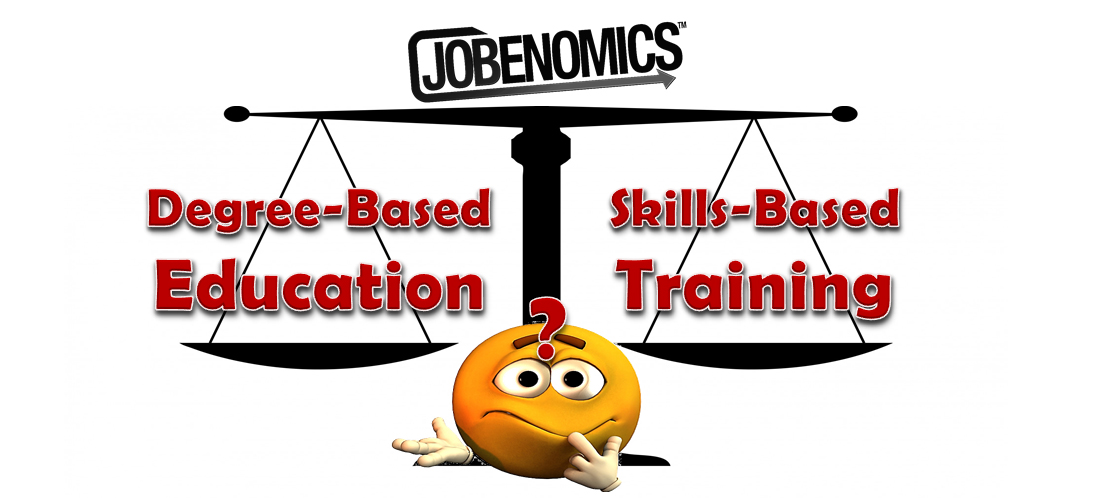 An 11-page Workforce Education/Training Challenge White Paper is available at: Workforce Education versus Training Challenge 1 Aug 2016
An 11-page Workforce Education/Training Challenge White Paper is available at: Workforce Education versus Training Challenge 1 Aug 2016
Executive Summary. The Father of American Education, Horace Mann, stated that “Education then, beyond all other devices of human origin, is the great equalizer of the conditions of men, the balance-wheel of the social machinery.” While Jobenomics agrees, the educational paradigm required for yesteryear’s workforce development may not be appropriate for many in today’s workforce. Today the U.S. labor force is increasingly characterized by income inequality, an eroding middle class and a growing contingent workforce that traditional degree-oriented educational programs have not been able to mitigate. More skills-based training and certification programs are needed.
The bifurcation of American society into haves and have-nots, skilled and unskilled, and hopefuls and the hopeless is a major educational/training challenge. To those at the top of the American economic pyramid, the old paradigm of “get a degree to get a job, get a better degree to get a better job” is more important than ever. On the other side of the ledger, to those at the bottom of the economic pyramid, more workforce technical and social skills training are needed to stem the increasing exodus to welfare and alternative lifestyles. For many at the bottom getting a postsecondary degree is a bridge too far. Earning a high school degree no longer guarantees a livable wage or viable career.
Education is defined as the process of imparting or acquiring general knowledge, developing powers of reasoning and judgment, and generally of preparing intellectually for mature life. Education generally involves learning theory. In the United States, there are four levels of education: pre-primary, primary, secondary and tertiary. Pre-primary education includes kindergarten, nursery schools, preschool programs and child/day care centers. Primary refers to first through eighth grades. Secondary usually refers to the last four years of high school (ninth through twelfth grade). Tertiary, also called postsecondary, refers to academic pursuit undertaken after high school. Primary and secondary education are compulsory (required by law), whereas pre-primary and postsecondary education is not. Postsecondary undergraduate programs, generally include associate and bachelor (baccalaureate) programs. Postsecondary post-baccalaureate pursuits generally include masters and doctorate programs. Primary, secondary and tertiary/postsecondary are degree-oriented.
Training involves teaching a person a particular skill, knowledge or type of behavior that is related to specific competencies. Training has targeted goals of improving an individual’s capability, capacity, productivity and performance. While some training programs are degree-oriented (such as technical colleges), most training programs (such as skills training, on-the-job training, occupational training, apprenticeships and internships) are certificate-oriented.
From a Jobenomics perspective, understanding the difference between education and training is fundamental to U.S. labor force development. Education is foundational and generally measured by tenure. Training is specific and measured by what one can do once completed. Educational degree-oriented programs are measured in years and are usually expensive. Training programs are often as short as weeks or months, and are relatively inexpensive. For people seeking careers, degree-oriented programs are usually the best choice. For the underprivileged, unskilled and poorly educated segment of society, certificate-oriented skills-based training provides the most effective way to getting a good job, the first step towards a meaningful career.
Recommended reading
- Casinos Not On Gamstop
- Casino Not On Gamstop
- Casino Non Aams
- UK Casinos Not On Gamstop
- Non Gamstop Casinos
- Non Gamstop Sports Betting Sites
- Online Casinos UK
- Non Gamstop Casino Sites UK
- Non Gamstop Casino Sites UK
- Non Gamstop Casino Sites UK
- Slots Not On Gamstop
- Non Gamstop Casino Sites UK
- Non Gamstop Casino Sites UK
- Non Gamstop UK Casinos
- Non Gamstop Casino Sites UK
- Top Casino Sites UK
- Best Casino Sites UK
- UK Casino Sites Not On Gamstop
- Meilleur Casino En Ligne
- Meilleur Casino En Ligne
- Gambling Sites Not On Gamstop
- Best Non Gamstop Casino
- UK Casino Sites Not On Gamstop
- Gambling Sites Not On Gamstop
- Crypto Casinos
- Meilleur Site Casino En Ligne Belgique
- I Migliori Casino Non Aams
- 코인카지노
- букмекерские конторы
- カジノ バカラ
